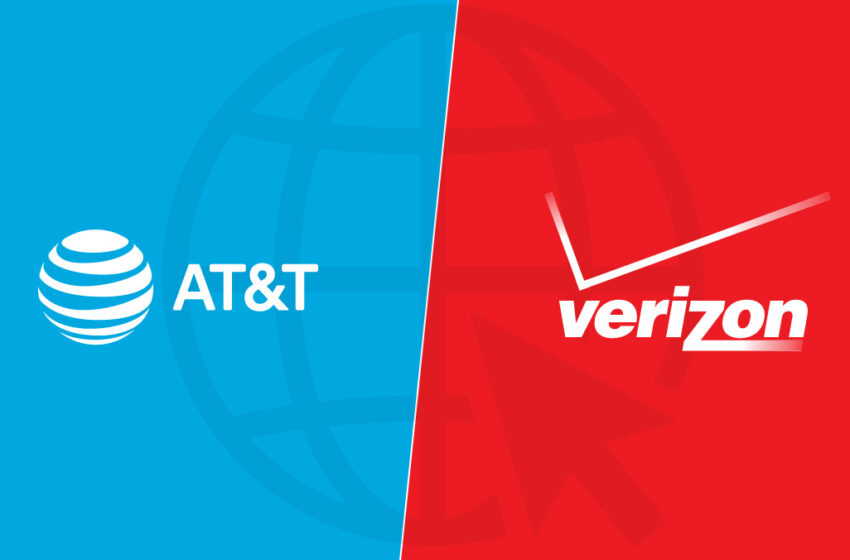AT&T, Verizon, and SpaceX: What the $17B Spectrum deal means for Telecom

SpaceX acquires EchoStar spectrum in $17B deal, changing the dynamics for Verizon and AT&T. Image Credit: Inside Telecom
SpaceX has struck a $17 billion agreement with EchoStar to acquire prime mid-band spectrum, a move set to significantly alter the U.S. wireless market. The purchase, cleared after the FCC ended its investigation into EchoStar’s licensing practices, gives SpaceX a direct foothold in terrestrial communications, beyond its satellite broadband business.
This deal positions SpaceX to leverage its Starlink satellite network with new terrestrial wireless capabilities, placing it in direct competition with traditional telecom giants like AT&T and Verizon. The acquisition marks one of the most ambitious moves in spectrum consolidation in recent years.
Verizon Calls Deal “Complementary” to 5G Expansion
Verizon CEO Hans Vestberg addressed the SpaceX deal, calling it a “complementary development” rather than a threat. He emphasized that Verizon’s 5G infrastructure, bolstered by C-band spectrum, already provides strong nationwide coverage.
However, analysts note that SpaceX’s hybrid model, merging satellite coverage with terrestrial spectrum, could pressure existing players to innovate faster. While Verizon remains confident, the long-term competitive landscape may force deeper partnerships with space-based providers or more aggressive spectrum acquisitions.
READ ALSO
iPhone Air unveiled: Specs, Price & Everything you need to know
What It Means for AT&T
AT&T, which has also invested heavily in C-band spectrum and fiber expansion, now faces the prospect of competing against a player that controls both low-orbit satellite coverage and terrestrial frequencies. Industry experts suggest that AT&T may have to rethink its pricing models and rural coverage strategies as SpaceX enters the market with a unique dual-network advantage.
While AT&T has not issued a direct statement, the implications are clear: SpaceX could threaten AT&T’s rural dominance and its growing push in enterprise 5G. The company may need to pursue alliances with satellite operators or accelerate its own fiber and fixed wireless rollouts to remain competitive.
How the FCC Cleared the Way
The FCC’s decision to end its inquiry into EchoStar was a critical step in enabling this deal. Regulators had examined EchoStar’s spectrum usage to ensure compliance, but with SpaceX taking over, the agency saw an opportunity to advance U.S. competitiveness in next-gen connectivity.
By granting approval, the FCC effectively opened the door for non-traditional telecom players to gain major spectrum holdings. This move could encourage more space-tech and satellite companies to enter the U.S. broadband and wireless market.
The Bigger Picture: Telecom Meets Space
The $17 billion deal underscores a broader shift: the convergence of space technology and telecom infrastructure. SpaceX’s entrance into terrestrial spectrum markets could accelerate low-latency global connectivity, making it a viable competitor not just in rural areas but also in urban 5G markets.
For Verizon and AT&T, the challenge lies in balancing their established networks against a fast-moving disruptor with deep pockets and space assets. For consumers, the deal could bring expanded coverage options, competitive pricing, and faster rollout of next-generation services.
What It Means For The Future of Telecom
This spectrum acquisition is more than just a corporate transaction, it signals a paradigm shift in U.S. wireless competition. SpaceX is no longer just a satellite internet provider; it is now a serious telecom contender.
As Verizon positions itself as complementary and AT&T faces new strategic questions, the U.S. market could soon see hybrid space-and-ground networks becoming the norm. The SpaceX-EchoStar deal could reshape how Americans connect to the internet for years to come.

